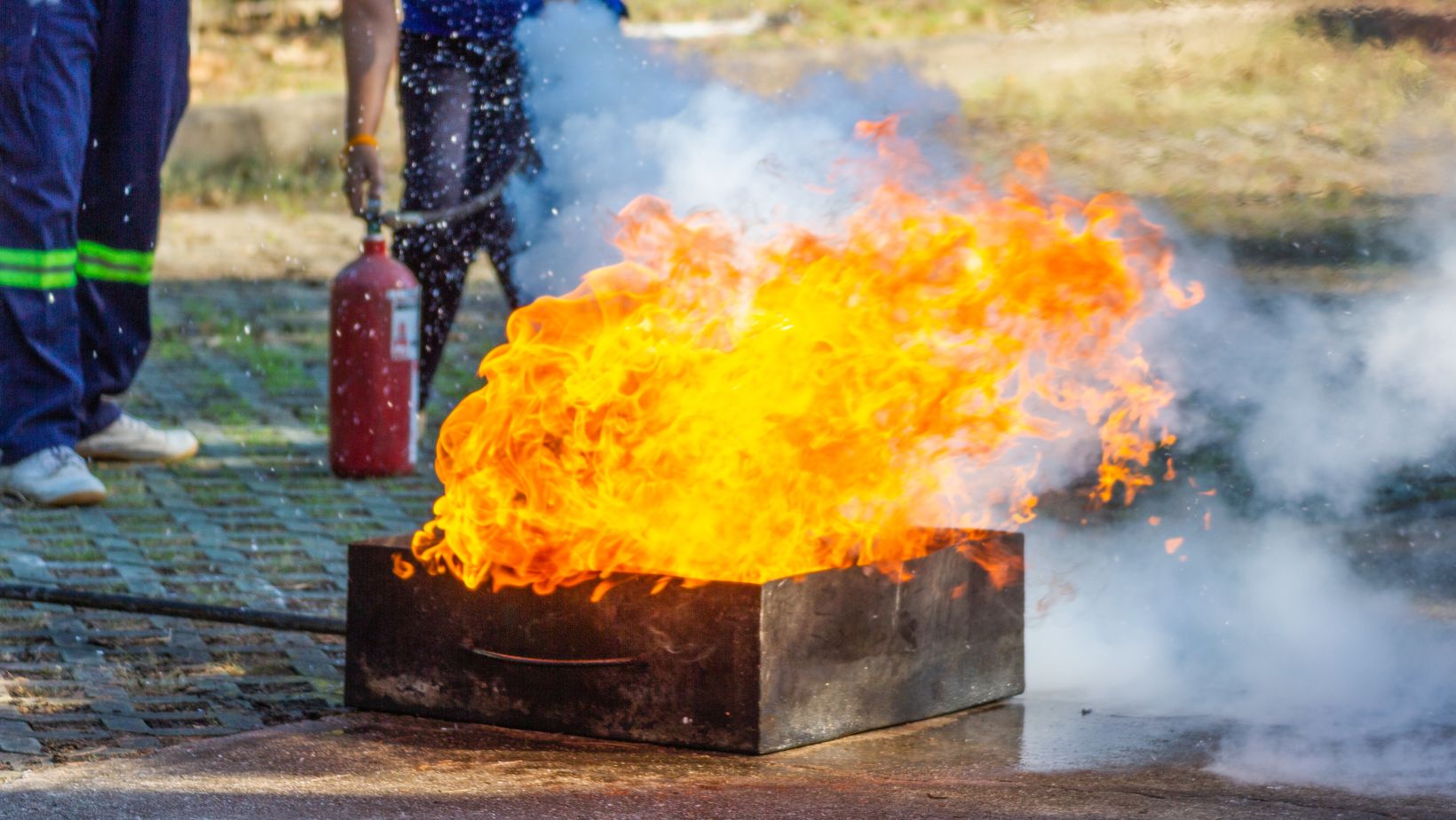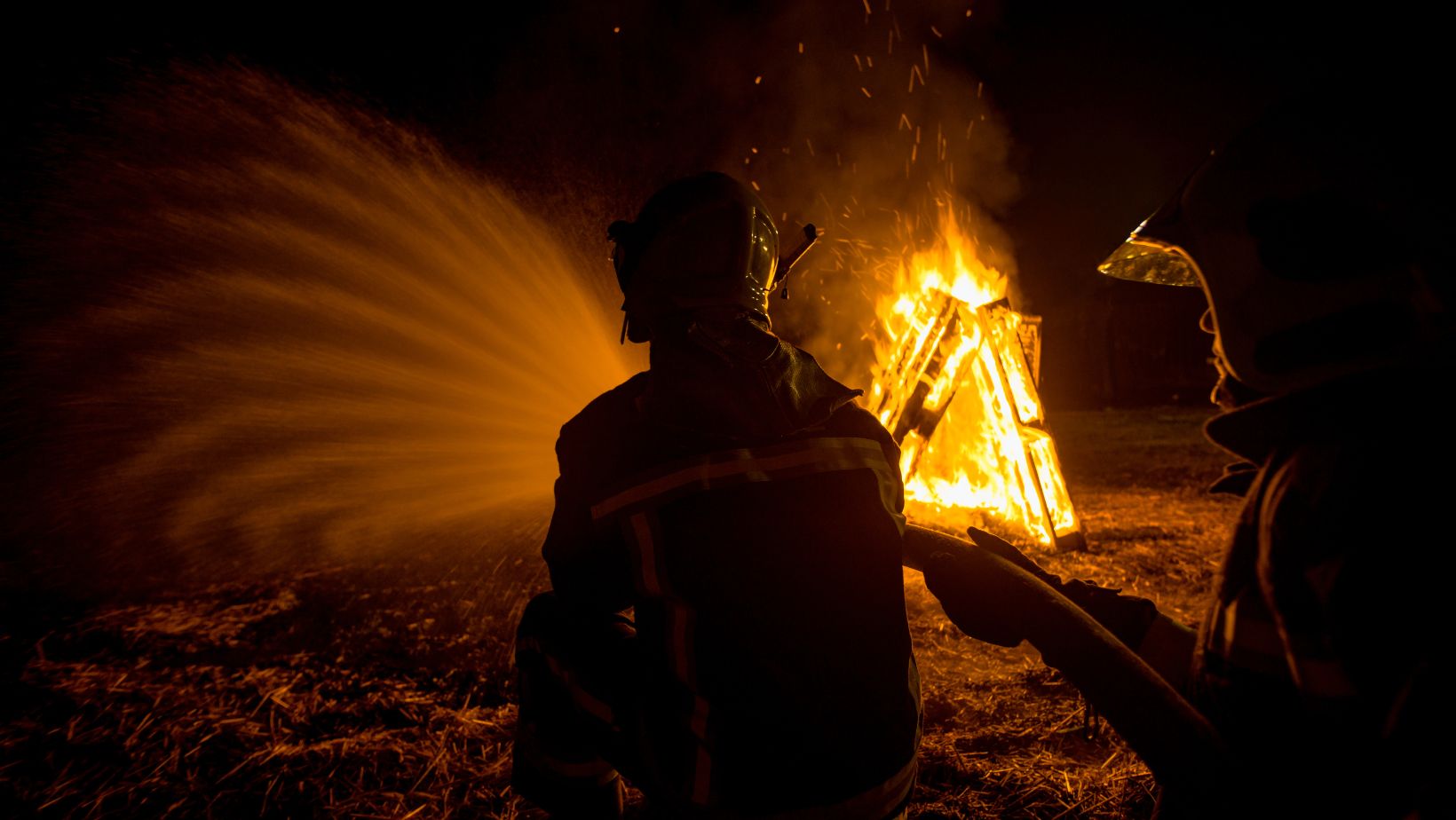When it comes to fire safety, the choices you make can have a significant impact on the outcome of an emergency situation. In an unexpected scenario, you may find yourself faced with a sudden blaze in your home or workplace.
In such a critical moment, the decision you make regarding the type of fire suppressant to use can have a significant impact. This decision-making can make all the difference between a controlled situation and a devastating disaster.
The two popular choices, AFFF, and dry chemicals, have been used to douse fires in both industrial and residential settings. However, to achieve the desired outcomes, you need to understand various aspects related to these fire extinguishers.
To make matters easier for you, this blog will discuss both of these options along with their various aspects.
Comparing Suppression Mechanisms
When it comes to firefighting, understanding the suppression mechanisms of AFFF and dry chemicals is crucial in determining their effectiveness.
AFFF, short for Aqueous Film-Forming Foam, primarily works by forming a thin, protective film on the fuel surface. This film cuts off the fire’s oxygen supply and cools it down simultaneously. This suffocating and cooling effect is particularly effective in combating liquid fuel fires, such as oil and gasoline spills.
According to SkyQuest Technology Group, the global firefighting foam market touched $4.75 billion in valuation in 2021. Moreover, the market is estimated to hit $6.64 billion by 2030. These figures indicate a steady demand for this type of fire suppressant around the globe.
On the other hand, dry chemicals, often found in fire extinguishers, take a different approach. They function by stopping the chemical process that keeps the fire burning. These substances usually include a mix of things like monoammonium phosphate or sodium bicarbonate.
When discharged, they release a fine powder that smothers the fire by forming a layer over the fuel. However, dry chemicals may not provide post-fire security, making them less effective in preventing re-ignition in some scenarios.
As per DATAINTELO, the global dry chemical fire extinguishers market size reached roughly $2.14 billion in 2021. The market is expected to witness a healthy CAGR of 4% during the forecast period from 2021 to 2028. This figure highlights the significant presence of dry chemical fire suppressants in the firefighting industry.
Environmental Impact and Safety Considerations
When it comes to choosing the right fire suppressant, you must consider the environmental and health consequences of your choice.

AFFF firefighting foam contains PFAS. Per- and polyfluoroalkyl substances (PFAS) are a group of chemicals that are highly effective at suppressing fires. However, AFFFs are usually more costly than other alternatives. PFAS are notorious for their persistence in the environment, leading to contamination of soil and groundwater.
According to TorHoerman Law, exposure to these chemicals is also linked to chronic health outcomes like cancer and other adverse health effects. To date, a number of individuals have experienced adverse health effects due to AFFF, leading them to file a firefighting foam lawsuit.
By filing these lawsuits, the victims aim to receive the settlement amount they legally deserve. According to estimates, firefighter foam cash settlements may range between $40,000 and $300,000 based on different factors. These individuals must consult a skilled attorney to expedite their lawsuit process and achieve the desired settlement amount.
On the flip side, dry chemicals are usually kinder to the environment compared to AFFF. They don’t contain PFAS and, when used as fire extinguishing agents, leave behind a residue that’s easier to clean up. Thus, you must get rid of the leftover dry chemical substance correctly to avoid causing any harm to the environment. From a health perspective, dry chemicals can irritate the respiratory system when inhaled, and skin contact should be minimized.
In the ongoing debate over AFFF versus dry chemicals, considering their environmental footprint and health implications is vital. Balancing these factors is essential to making an informed decision when choosing a fire suppressant.
Effectiveness in Different Fire Classes
Understanding how AFFF and dry chemicals perform in various fire scenarios is crucial for selecting the right fire suppressant.
AFFF is really good at putting out fires that involve things like gasoline, oil, and chemicals, which are known as Class B fires. Its ability to create a smothering, cooling film on the liquid surface makes it highly effective in these situations. It’s also valuable for preventing re-ignition in scenarios where fuel sources can reignite once the initial fire is extinguished.
However, AFFF may not perform as well in Class A fires, which involve solid combustibles like wood and paper. This is because it struggles to penetrate the burning materials effectively. It’s essential to match the fire class with the right suppressant for optimal results.

To examine the efficiency of AFFF, a study published on ScienceDirect conducted experiments to investigate how AFFF works in diesel pool fires. The effectiveness of AFFF in extinguishing diesel pool fires varies depending on the gas-liquid ratio of the AFFF solution.
Interestingly, the study found that AFFF with a gas-liquid ratio of 16 demonstrates the most efficient fire-extinguishing performance. This AFFF mixture quickly extinguished the fire in just 42 seconds, using only 210 grams of foam liquid.
Dry chemicals are versatile and can be used in both Class A and Class B fires. The National Fire Protection Association states that multipurpose dry chemicals are used similarly to regular dry chemical agents for Class B fires. However, when deployed for Class A fires, multipurpose agents possess an added feature: they become pliable and adhesive upon contact with hot surfaces.
Consequently, they stick to the burning materials, creating a layer that effectively suffocates the fire and separates the fuel from the surrounding air. It’s important to note that the multipurpose agent doesn’t do much to cool down the fire. This is because it forms a coating on the surface, preventing it from getting inside the fire to stop it from spreading deeper.
Cost Efficiency and Maintenance Factors
When choosing between AFFF and dry chemicals as your fire suppressant, it’s essential to consider the economic aspects and upkeep requirements.
AFFF firefighting foam can be more expensive upfront compared to dry chemical fire suppressants. The higher cost is attributed to the need for special equipment required to use AFFF, like foam proportioner and storage tanks. AFFF can require more extensive cleanup efforts after use, potentially increasing the overall cost of its deployment.
On the other hand, dry chemical fire extinguishers are usually less costly and more accessible. However, consider the upfront cost versus potential expenses for environmental cleanup and health issues, especially if AFFF’s PFAS chemicals are released into the environment.
Maintenance is a vital consideration when choosing a fire suppressant. AFFF systems may require more extensive maintenance due to their specialized equipment. Regular inspections, testing, and the proper disposal of expired foam concentrate can add to the overall maintenance costs.
Dry chemical fire extinguishers, while typically lower in maintenance complexity, still require routine checks to ensure they are operational.
Final Thoughts
Choosing between AFFF and dry chemicals as your preferred fire suppressant ultimately comes down to a careful evaluation of your specific priorities. However, you must consider the environmental and health implications of these options before making a decision. The best fire suppressant is the one that suits your unique circumstances and ensures the safety of your assets and personnel.














